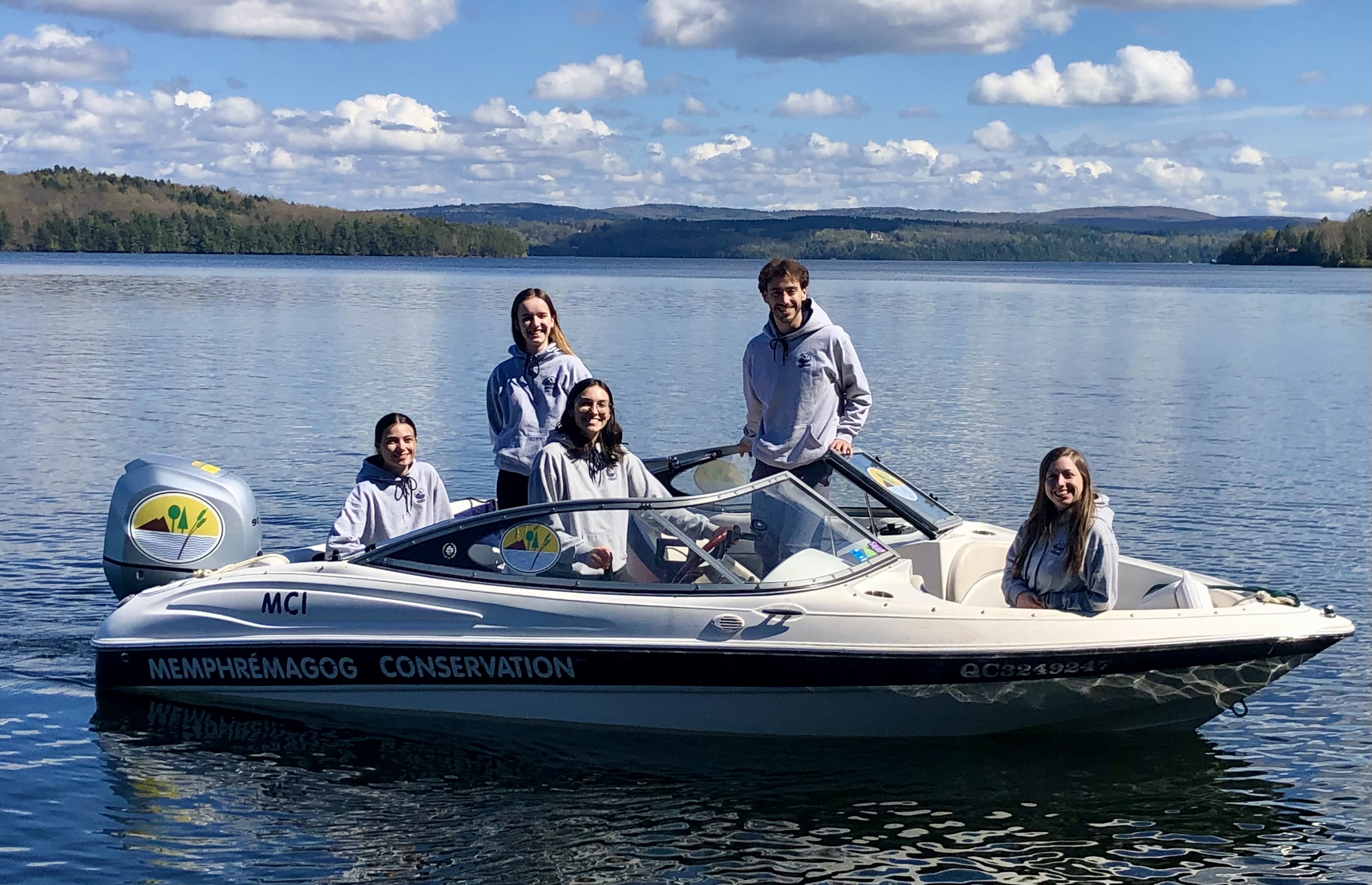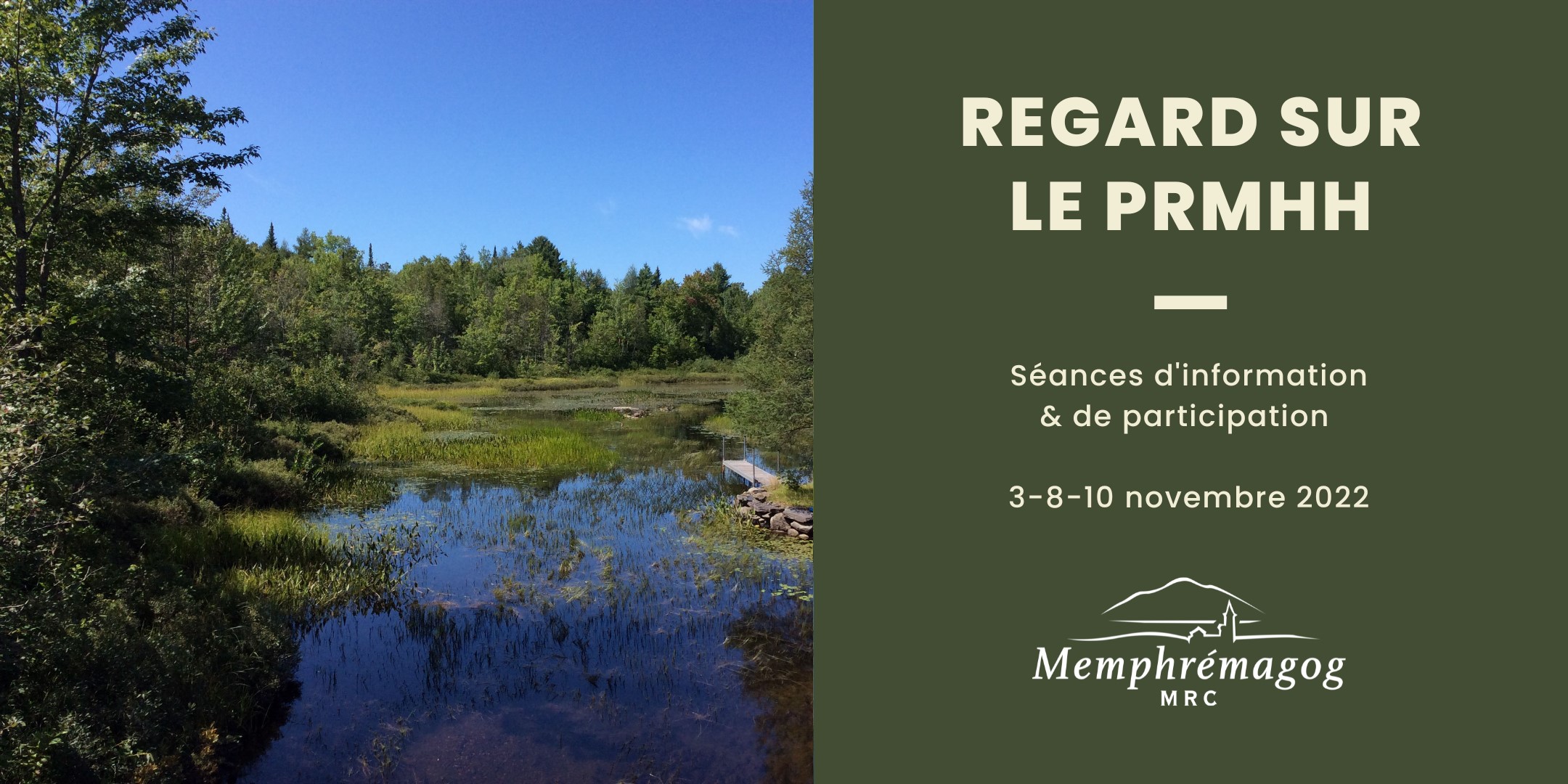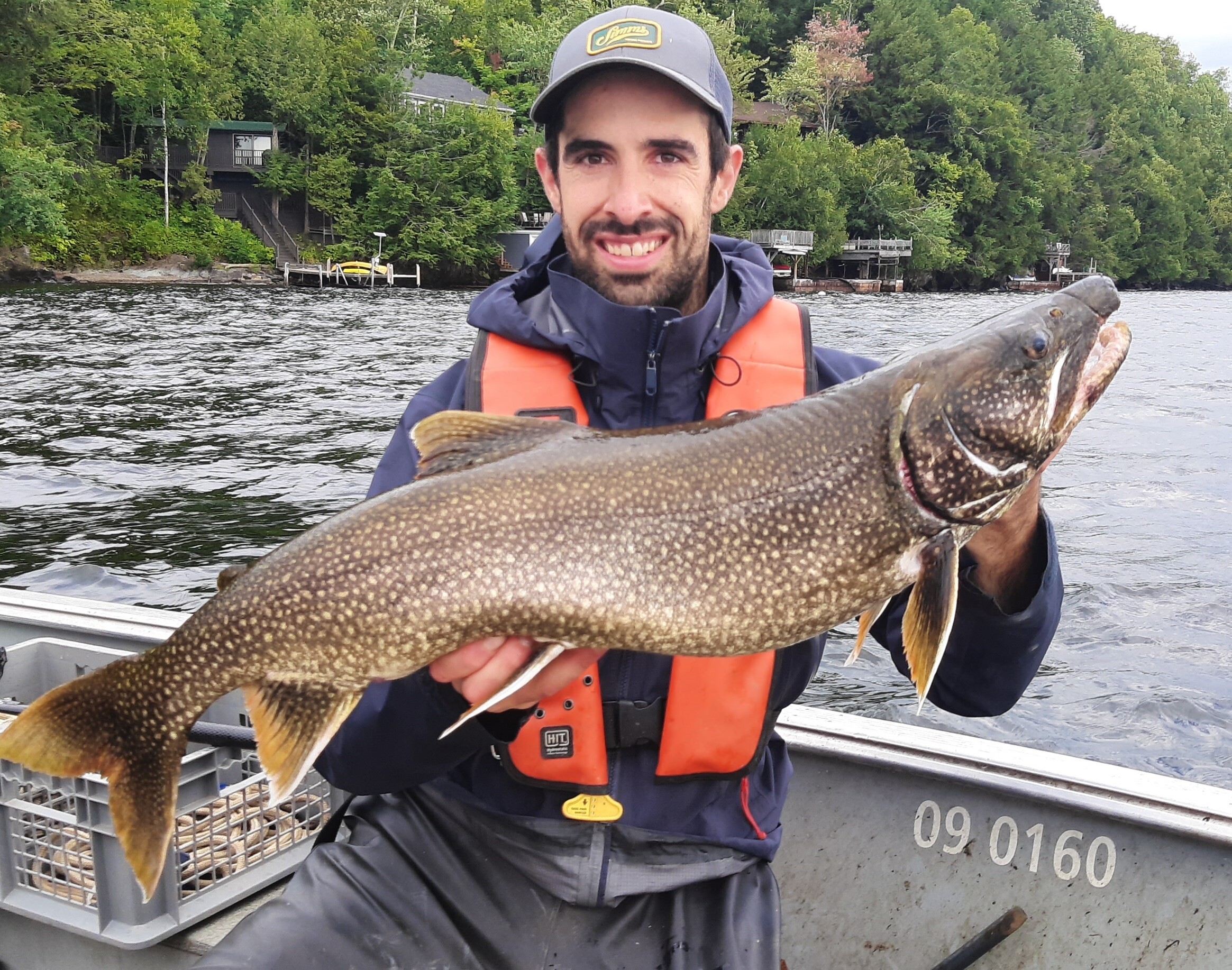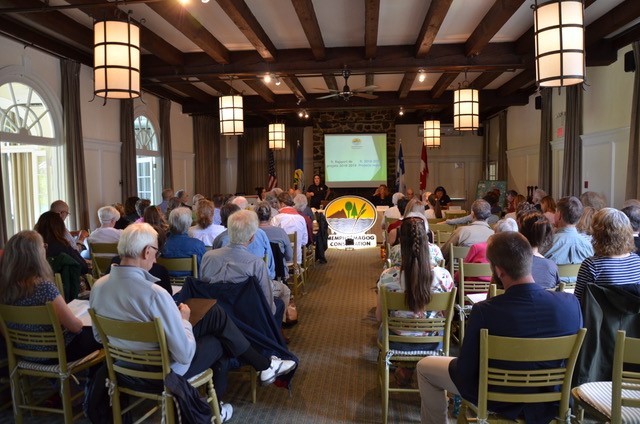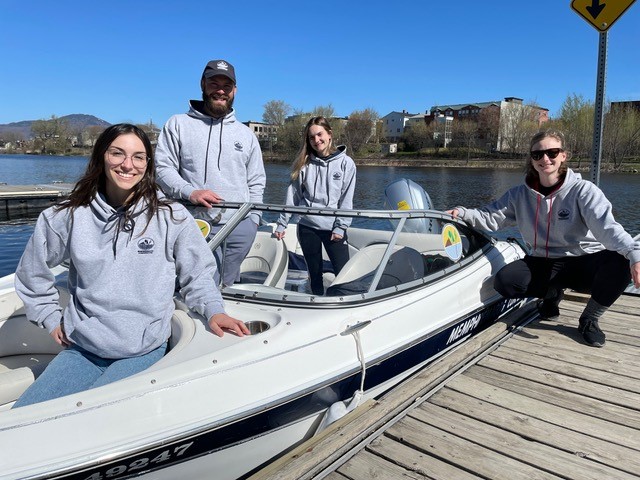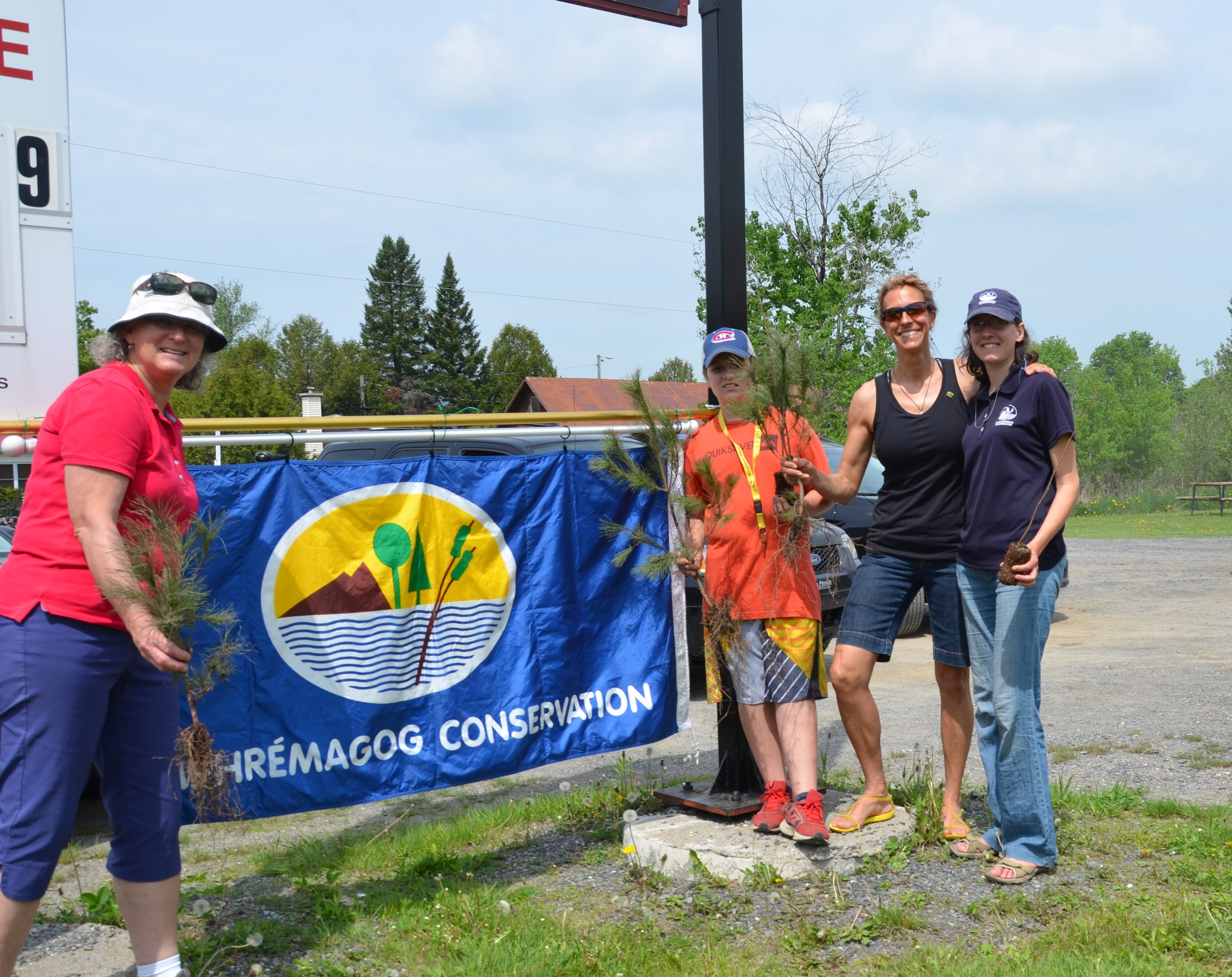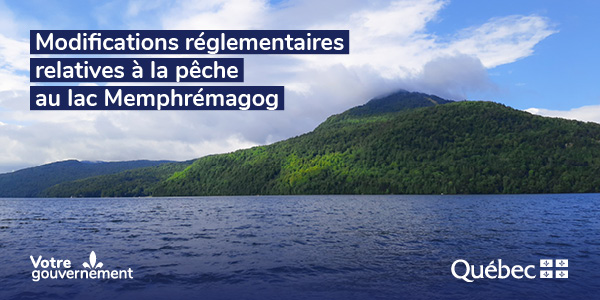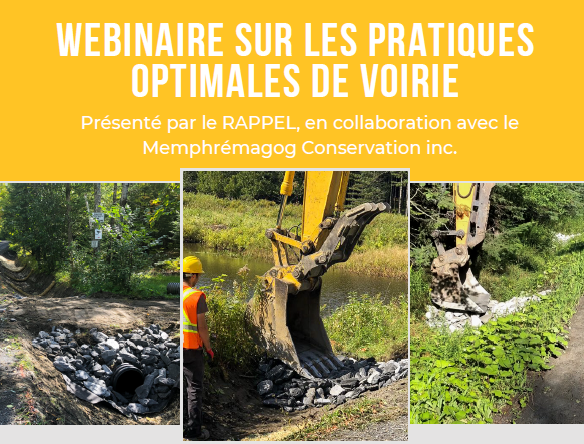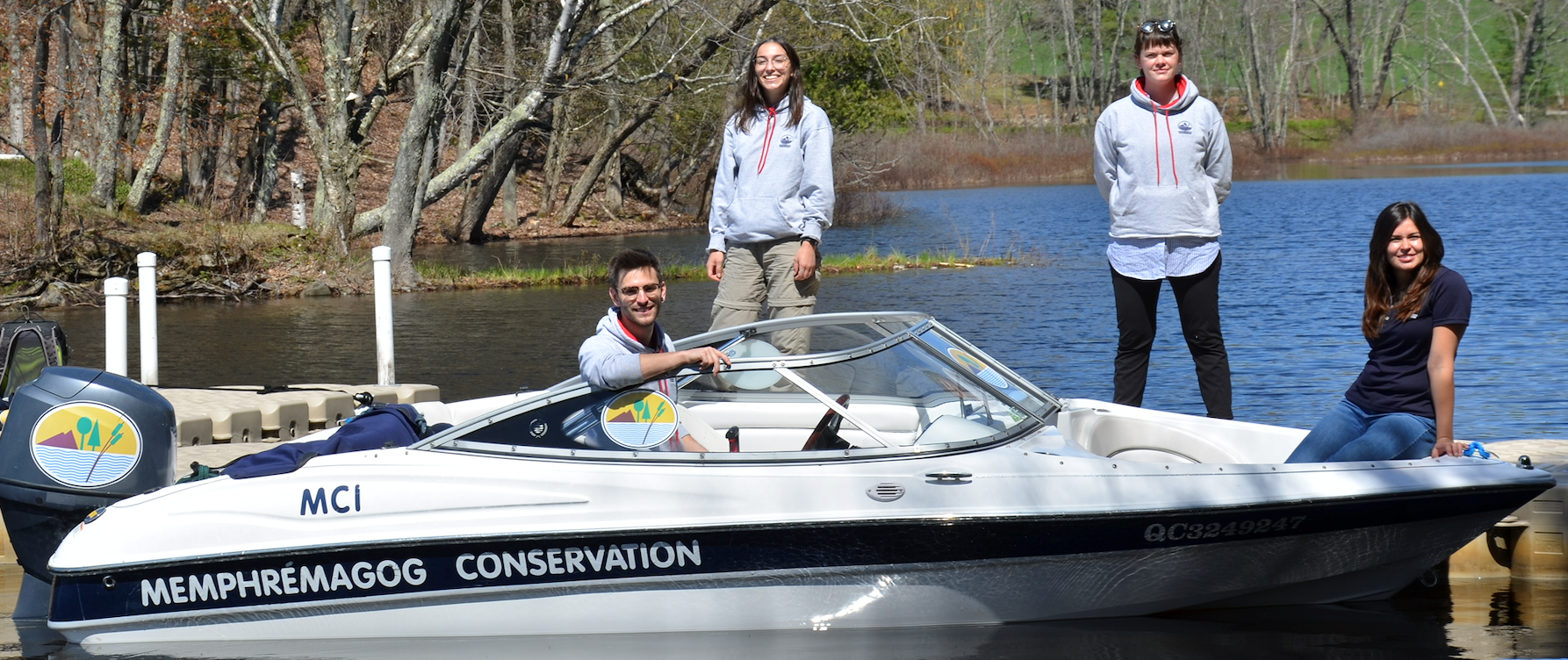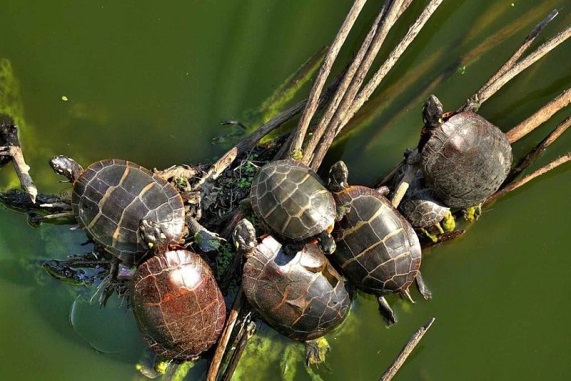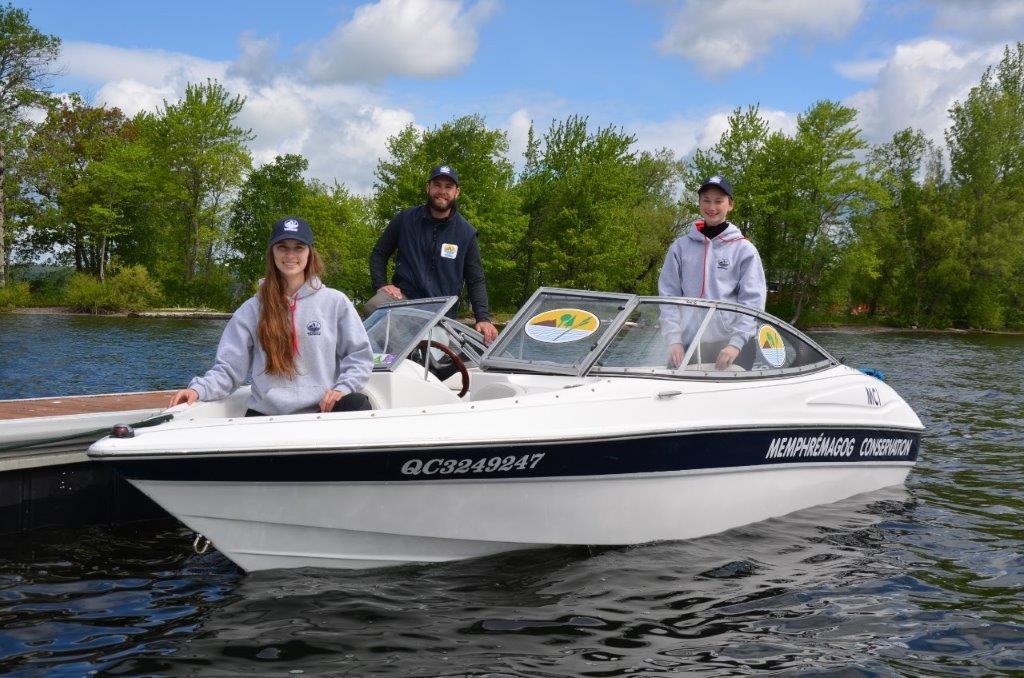Ecological lawns
Context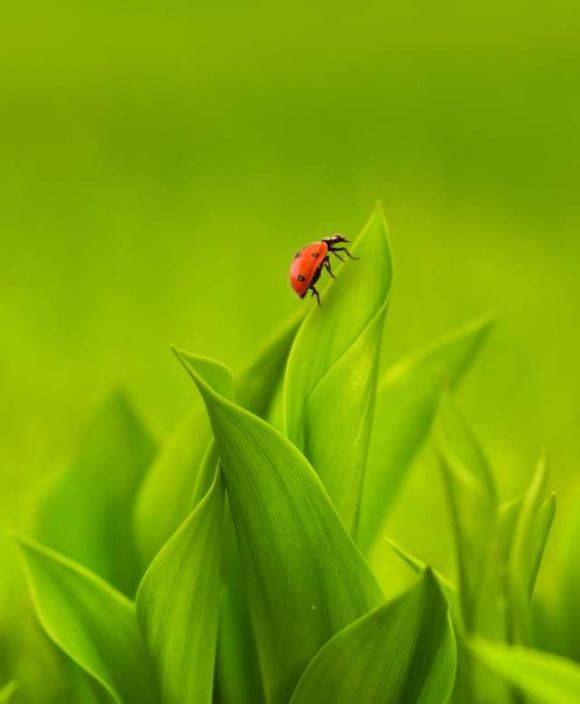 Centuries from now, when future historians study how we used the territory, they will surely be incredulous regarding the importance we give to our lawns...! In fact, it is hard to believe that we devote so much space and care for a use of the land recognized as being highly damaging for all ecosystems, notably as a result of the PHOSPHORUS and the PESTICIDE residues that may leach from them. In Lake Memphremagog, as elsewhere, we still see lawns stretching all the way down to the water. We can only imagine what leaches out of them. Throughout the watershed, residential developments are still done in the conventional manner, that is to say that a large space is left open, so we can spend our time growing a lawn that we will mow as soon as it grows! This use of the land no longer makes sense. Without getting rid of the lawns in the watershed, we need to rethink our use of the land and the products we spread on them. For sure we need to question the value of conventional lawns.
Centuries from now, when future historians study how we used the territory, they will surely be incredulous regarding the importance we give to our lawns...! In fact, it is hard to believe that we devote so much space and care for a use of the land recognized as being highly damaging for all ecosystems, notably as a result of the PHOSPHORUS and the PESTICIDE residues that may leach from them. In Lake Memphremagog, as elsewhere, we still see lawns stretching all the way down to the water. We can only imagine what leaches out of them. Throughout the watershed, residential developments are still done in the conventional manner, that is to say that a large space is left open, so we can spend our time growing a lawn that we will mow as soon as it grows! This use of the land no longer makes sense. Without getting rid of the lawns in the watershed, we need to rethink our use of the land and the products we spread on them. For sure we need to question the value of conventional lawns.
Some statistics:
1. A property where the shoreline has been artificialized, where the trees and shrubs in the shoreline buffer zone have been replaced with grass and upon which phosphate fertilizer is spread, sends as much phosphorus into the lake as seven properties where the shoreline is properly vegetated and efforts are made to protect the water.
2. More than half of the phosphates spread on lawns near bodies of water ends up in the water, either by runoff or through the water table.
3. One kilogram of phosphate fertilizer dumped into a body of water supplies sufficient nutrients to produce 500 kilograms of algae and aquatic plants.
Problems related to the upkeep of conventional lawns:
The upkeep of lawns and flower beds is one of the most important source of the degradation of lakes (RAPPEL, 2000).In fact, a lawn does not slow erosion, filter out nutrients or prevent the warming of the water. AS well, a large porportion of the fertilizers, herbicides and pesticides spread on a lawn are carried to the waterway. The negative impacts of these products on the environment (ex. fish and amphibians) are indisputable. It is, however, possible to maintain a healthy lawn without degrading the lake.
You need to know that the pesticides, herbicides, as well as any other harmful products used for the upkeep of your property end up in the lake after it rains. This is of concern not only to lakeshore residents, but also to owners and renters of properties where the runoff flows can contaminate the lake's water sources. You should also know that water and rain are natural allies of lawns. During frequent rains, lawns maintain their beauty, and the application of harmful products is not necessary, as they are of no use. However, this same rain water is a source of runoff of these products into the lake. It is a bizarre situation. More and more cities and towns are passing bylaws to ban the use of these producet, even if there are no waterways nearby. There are surely health reasons for these bans. You have probably noticed that a natural lawn resists drought better than a perfect lawn, as the mis of plants can better resist the sun's rays.
Some tips for an ecological lawn:
To ensure a durable lawn:
- ensure a good mix of species;
- set your mowing height to between 8 and 10 cm;
- keep your mower blades sharp;
- mow as needed, rather than on a fixed schedule;
- leave your grass clippings on the lawn - mulch and spread your grass clippings;
- avoid mowing in humid and wet conditions, such as when there is morning dew, after a rain or a watering, to minimize soil compaction. Also, grass clippings spread more uniformly when the lawn is dry;
- do not mow during dry periods or heat waves;
- when clippings are too abundant, spread them evenly over the lawn;
- select an more ecological mower (electric, manual, or at least with a less polluting motor);
- use mycorrhizae;
- choose an approporiate time to mow your lawn; your neighbours will thank you!
The choice is yours, a perfect lawn or a polluted lake...remembering that a lawn can be replaced, unlike a LAKE!
For more information:
FIHOQ 2008: Guide to creating and maintaining a sustainable lawn (in French only)

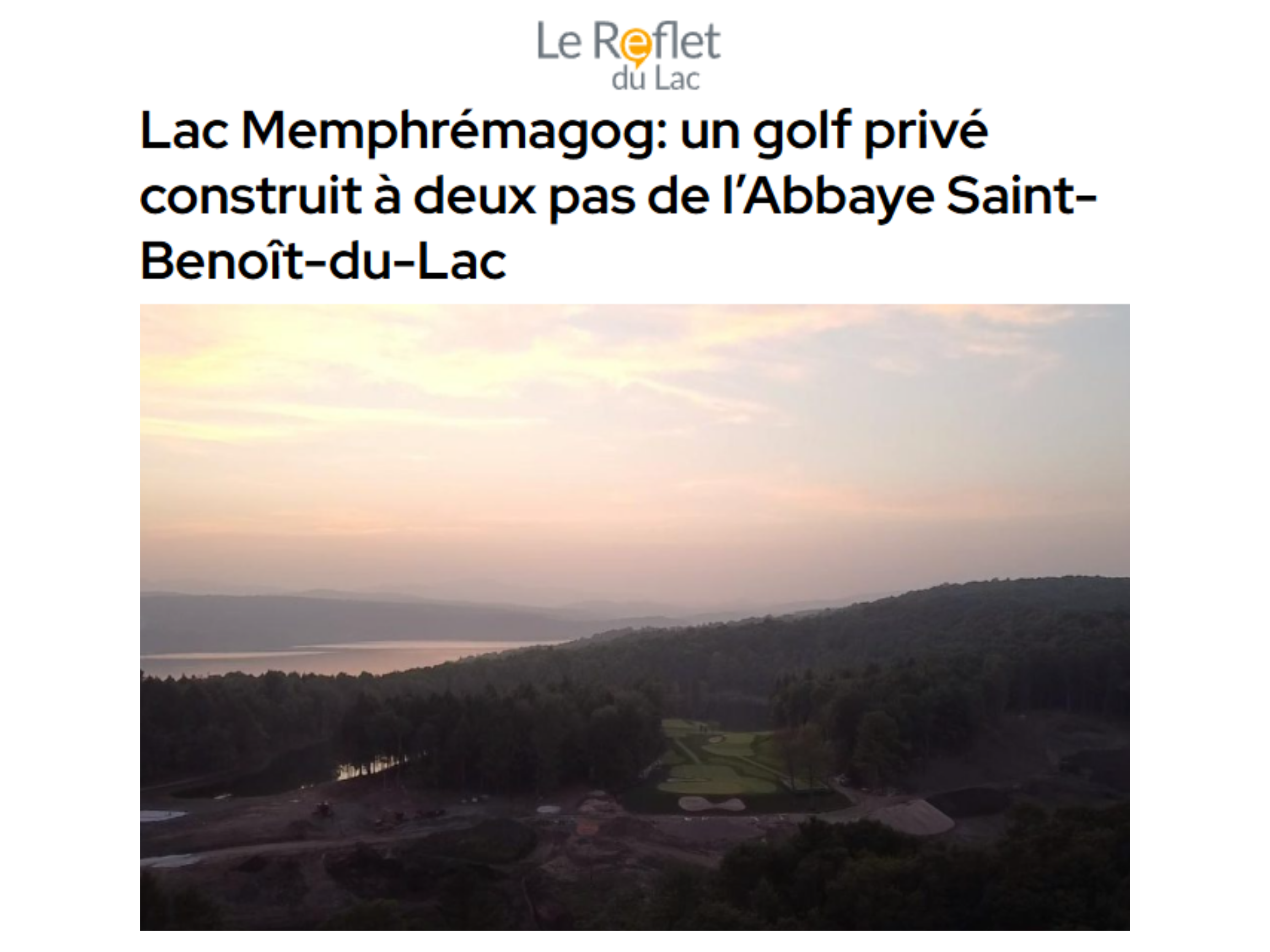

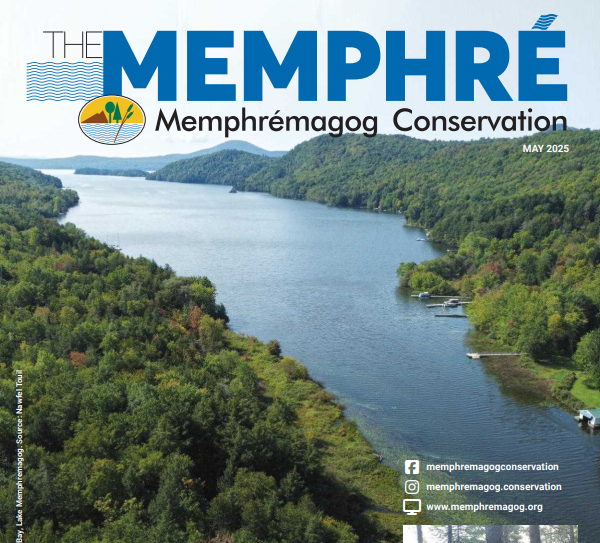
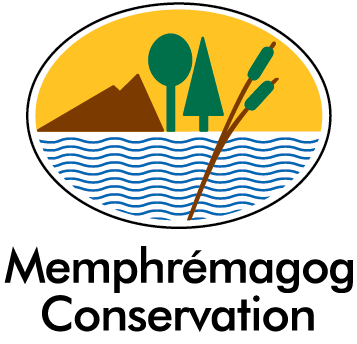
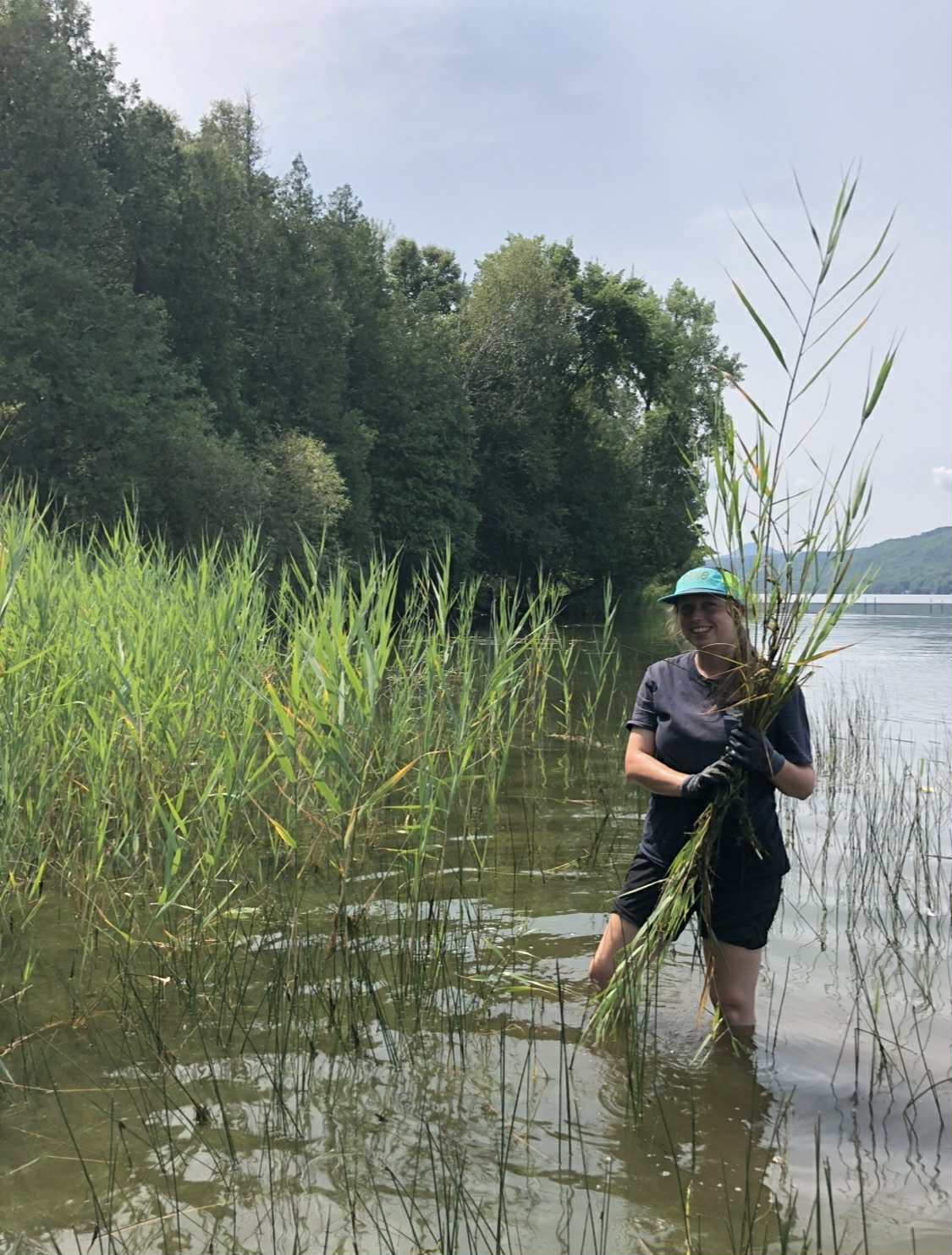
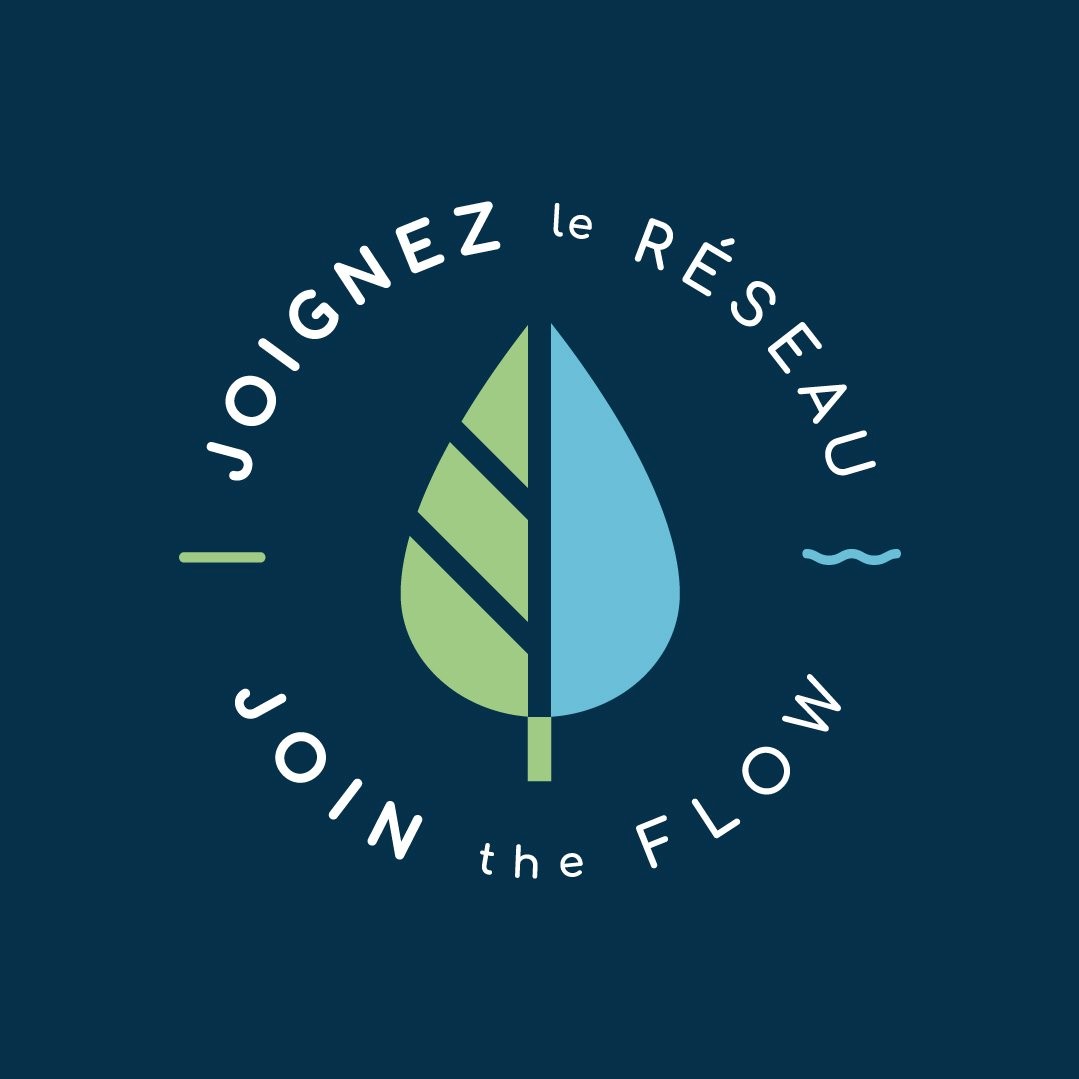
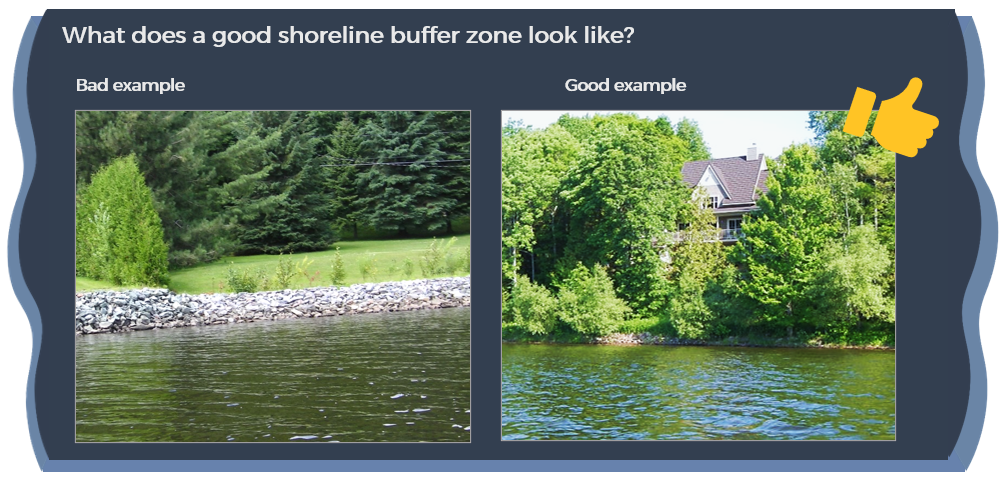
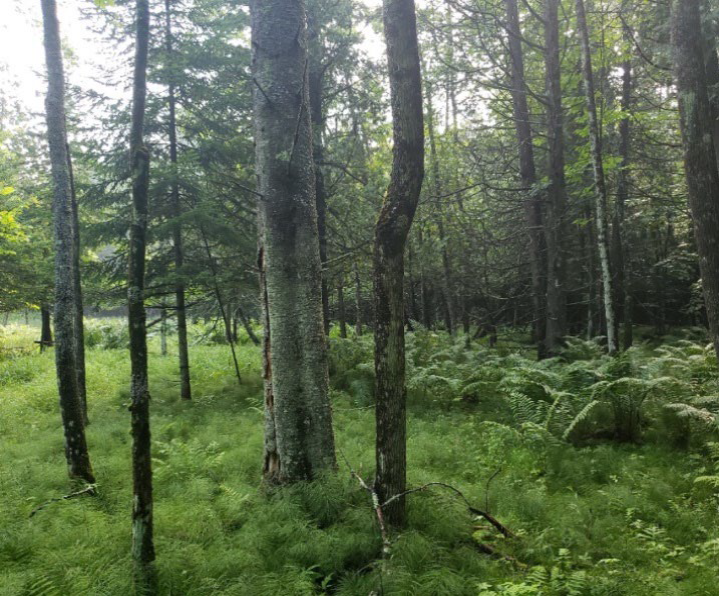
.png)
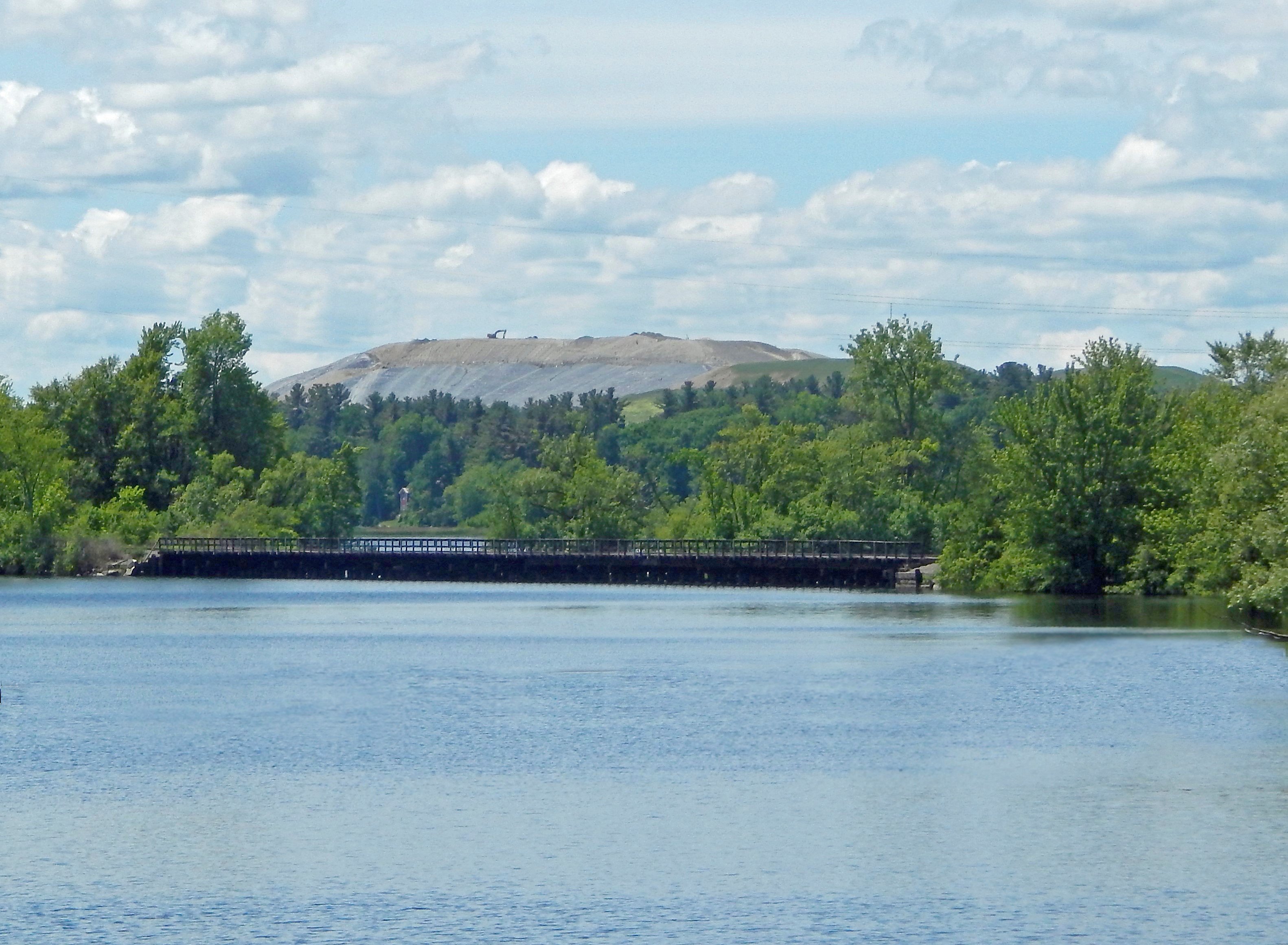

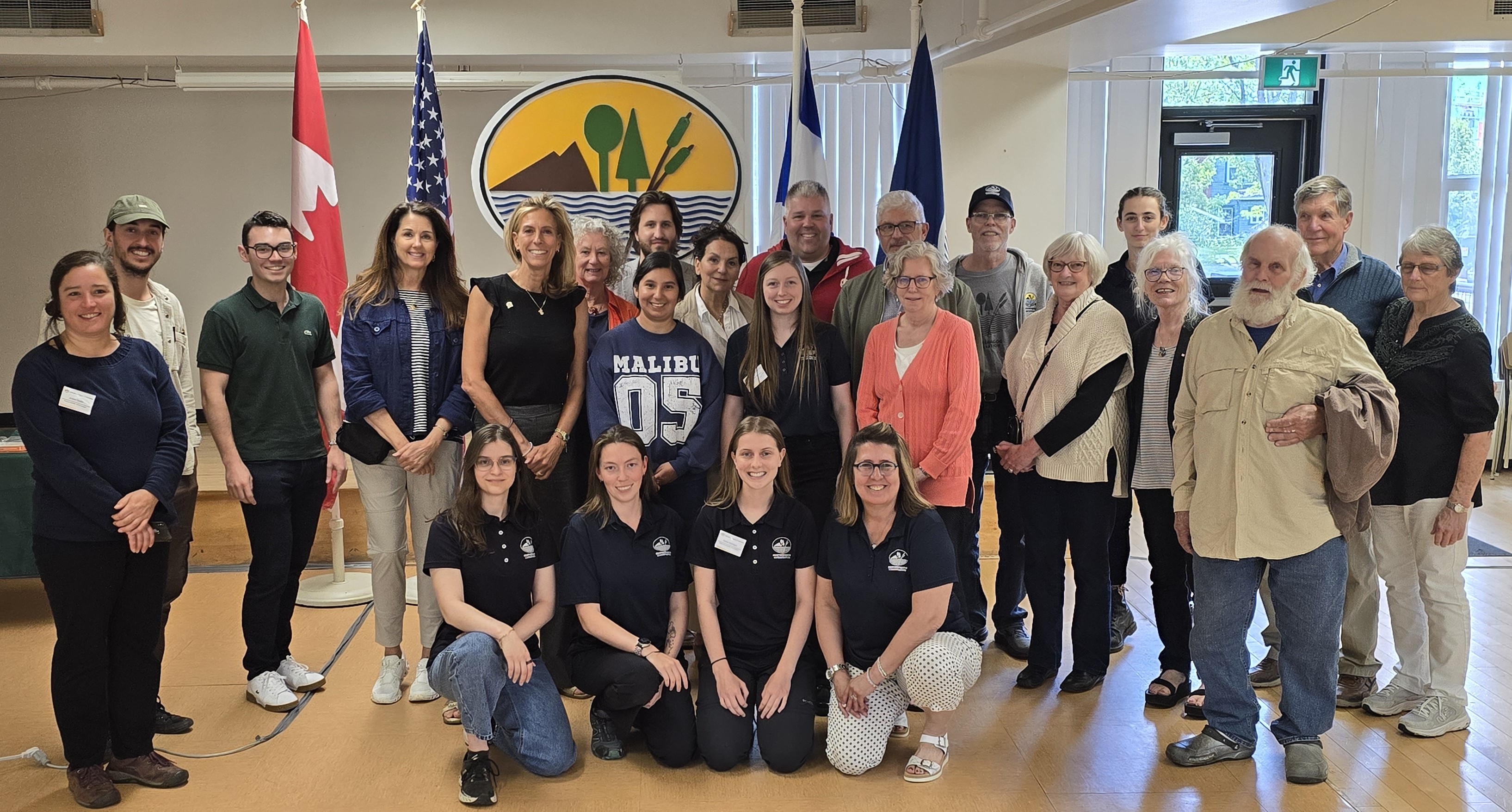
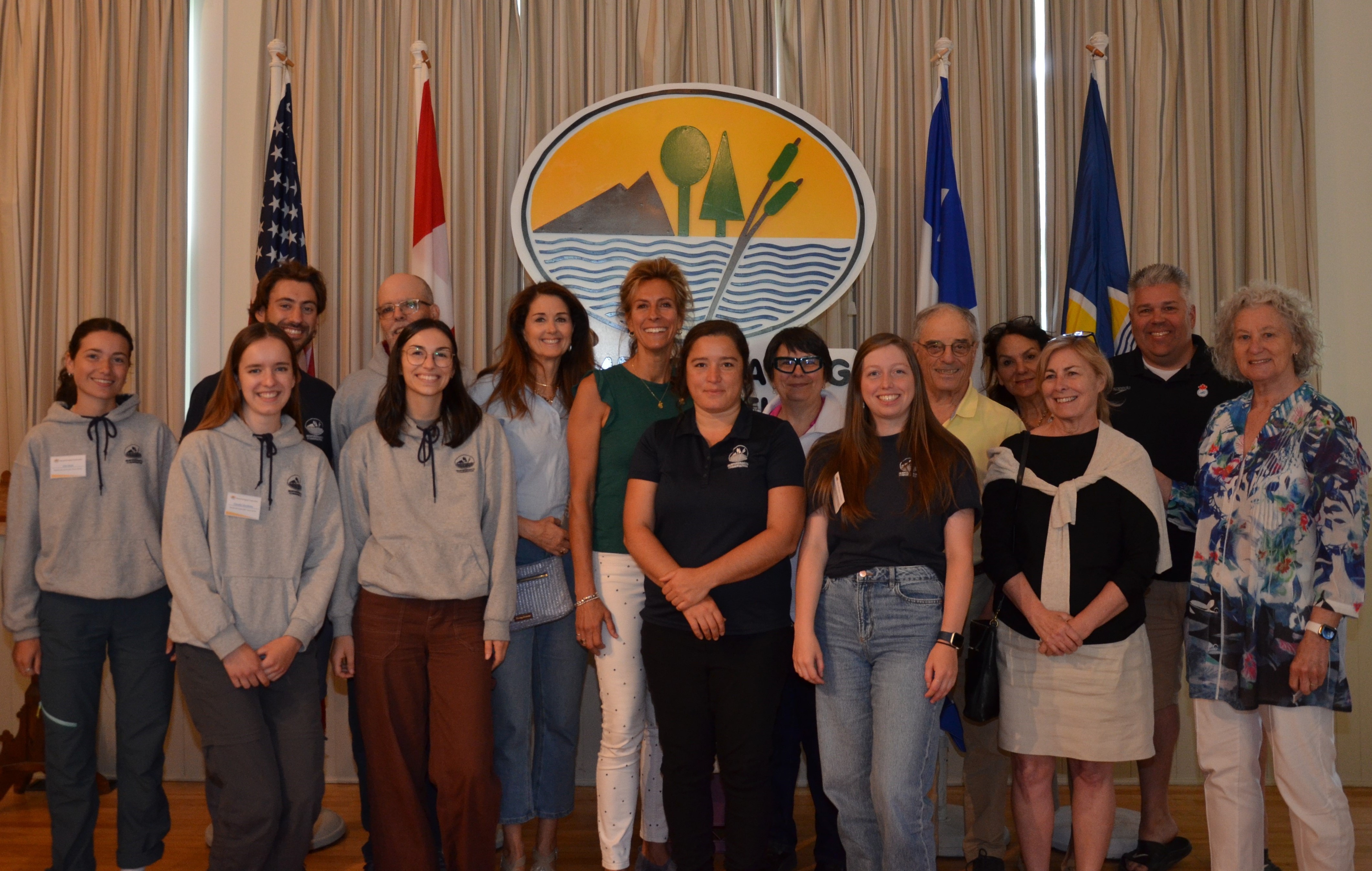
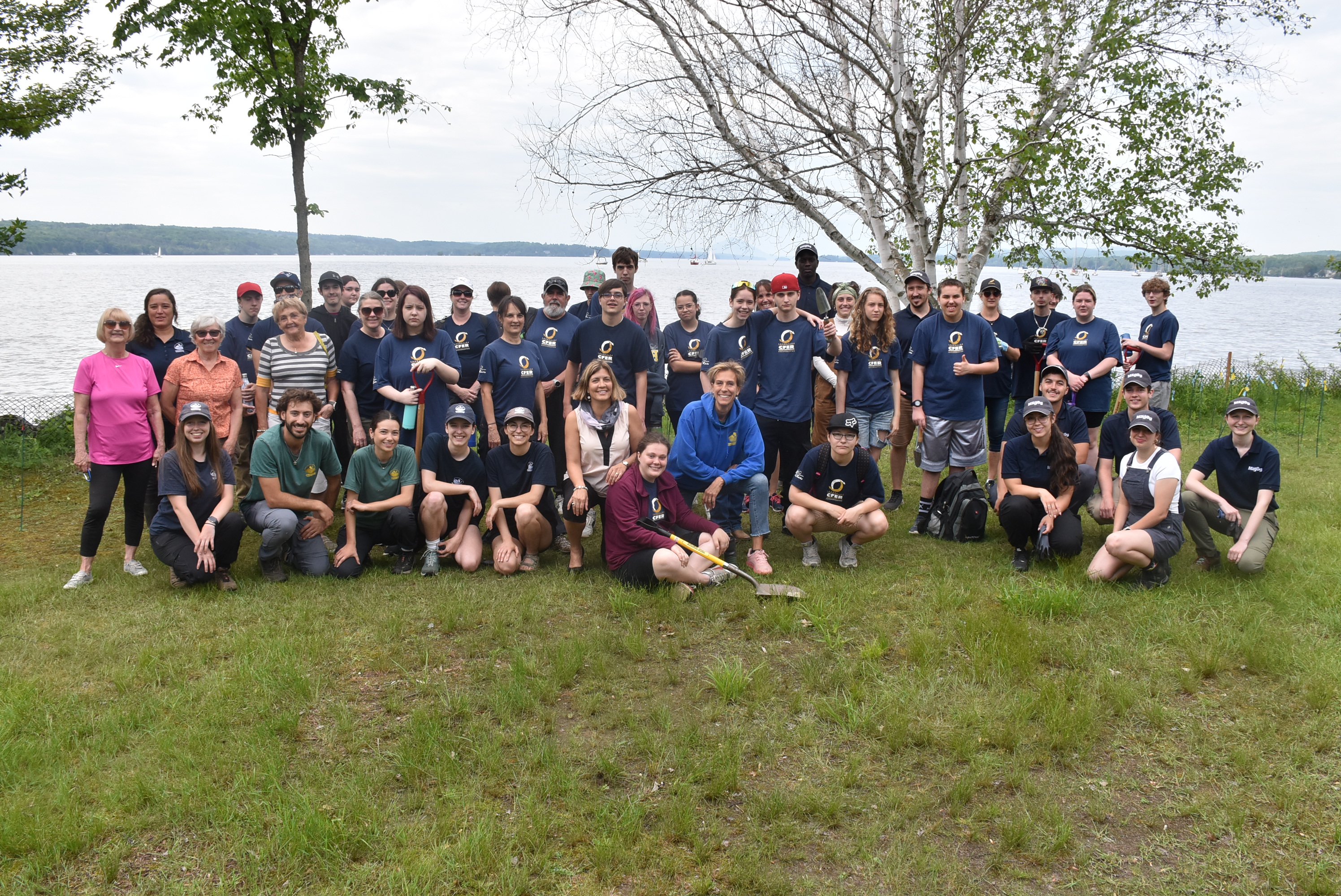
.JPG)
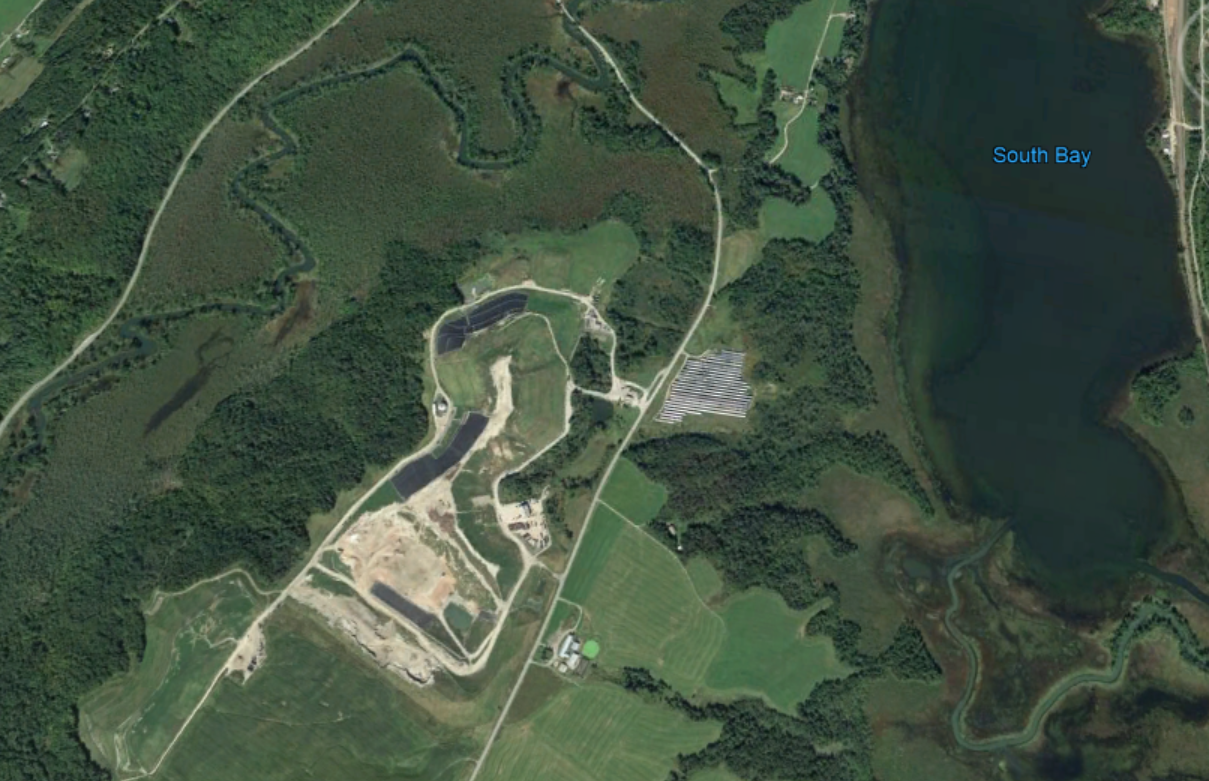
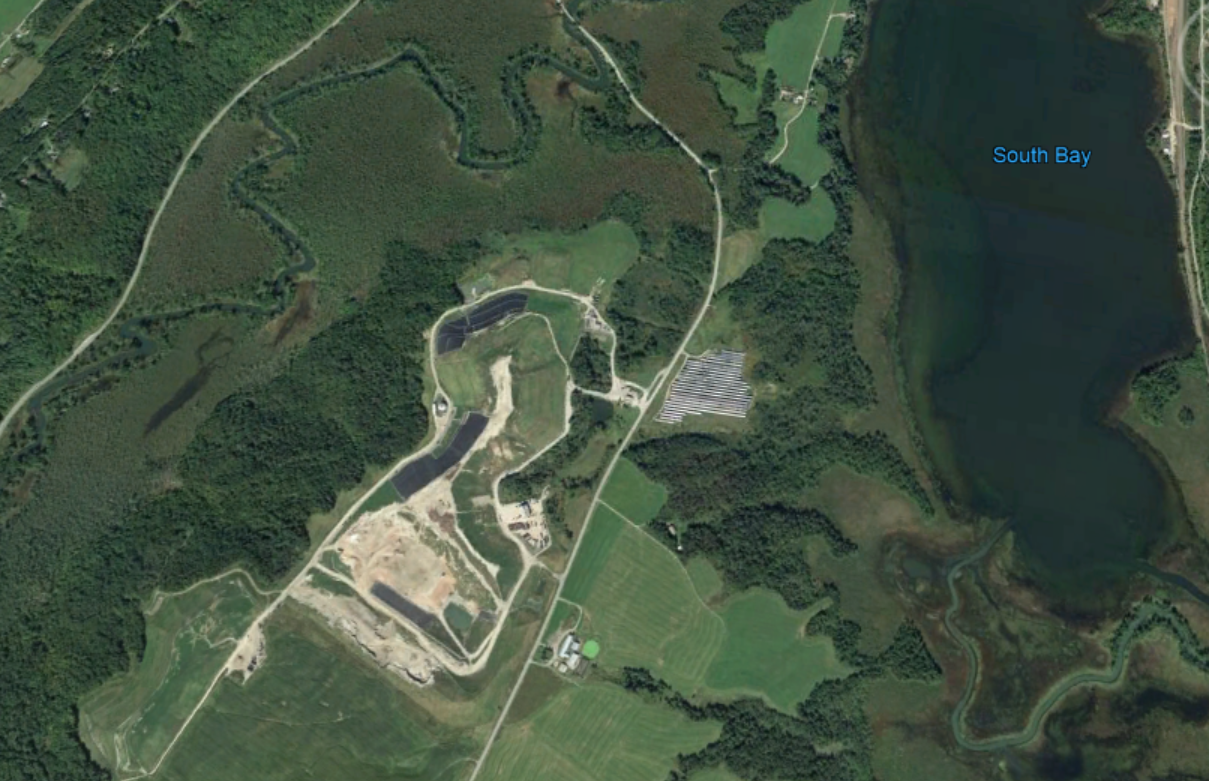
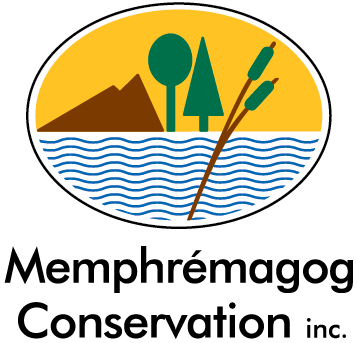


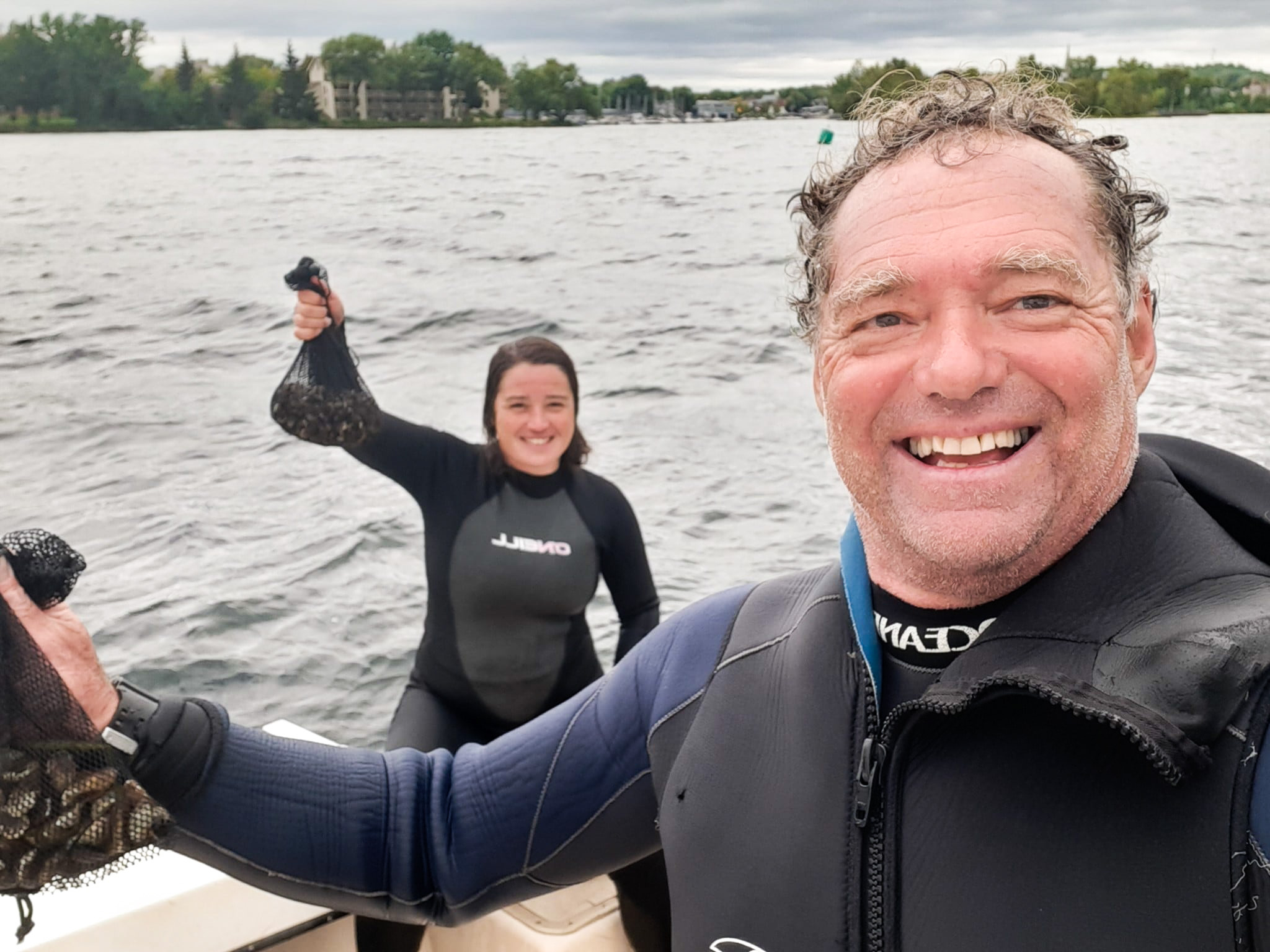
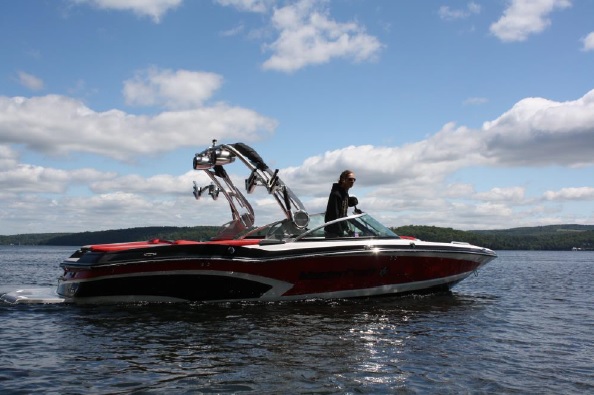
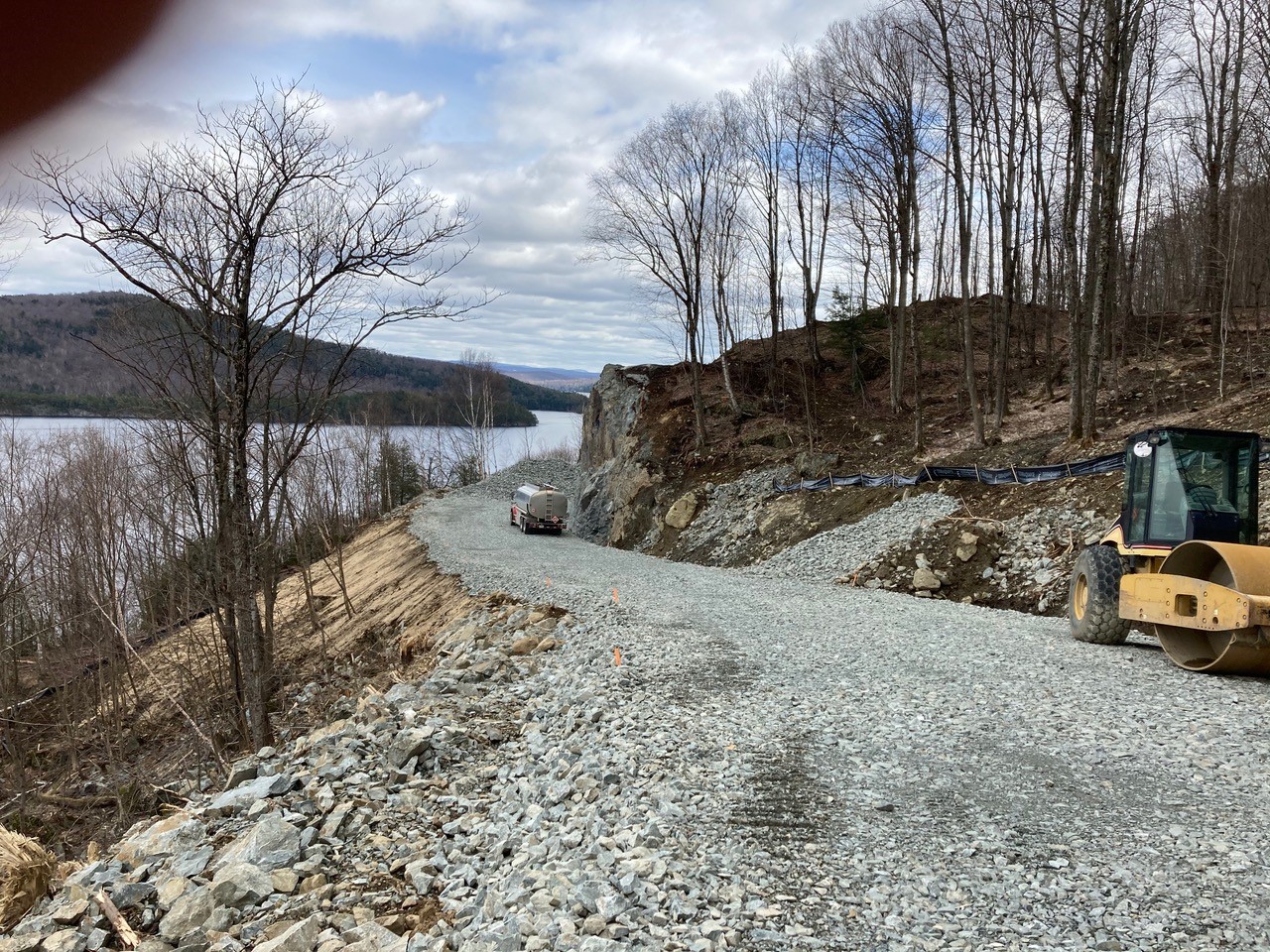
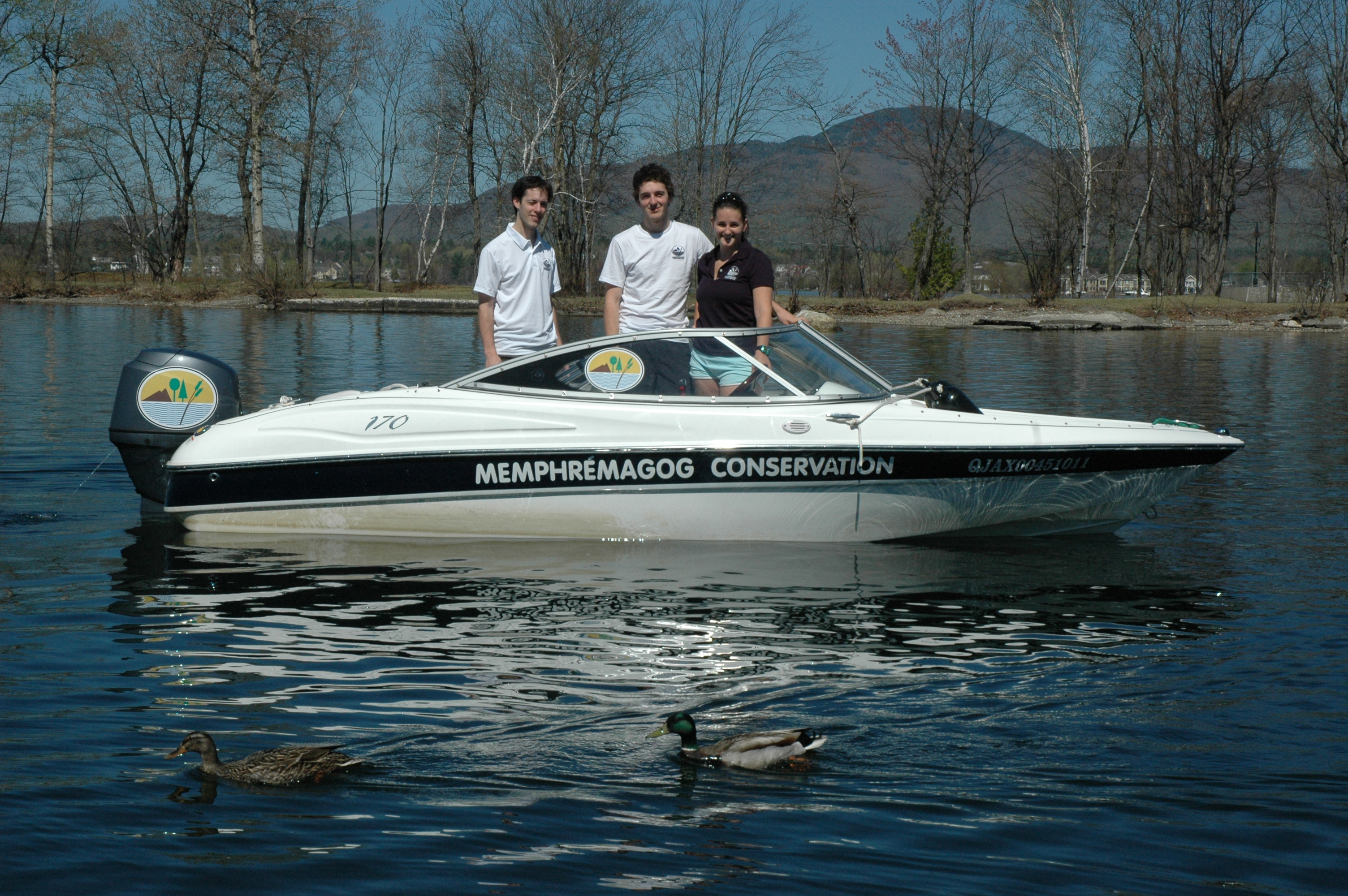


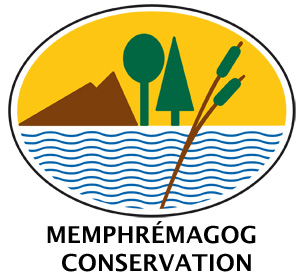











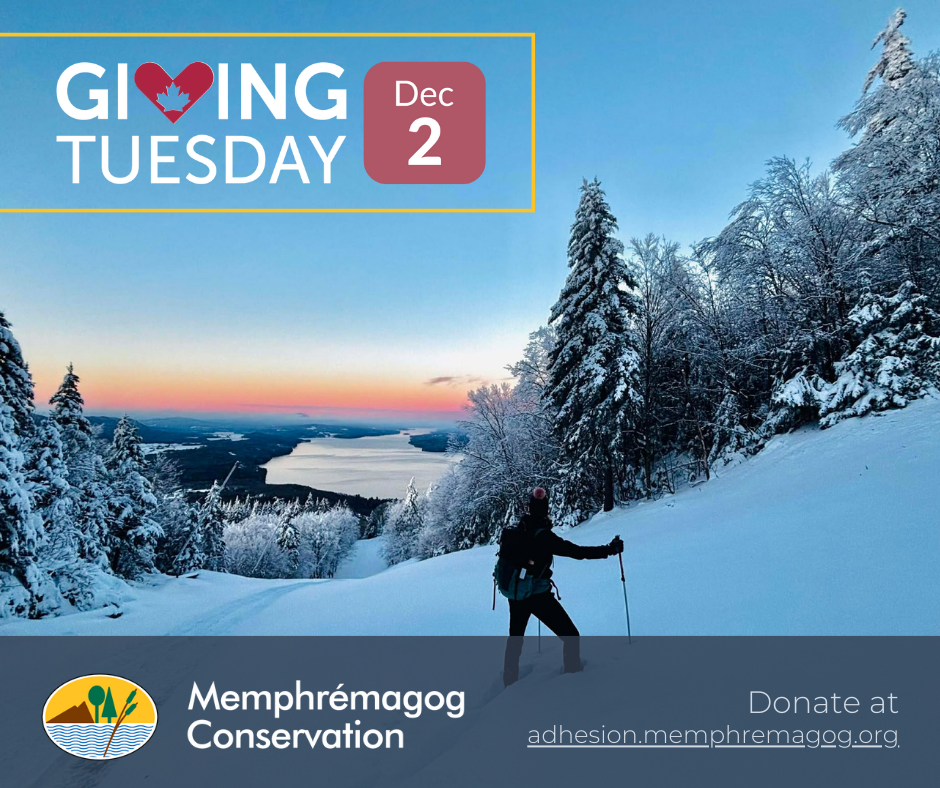





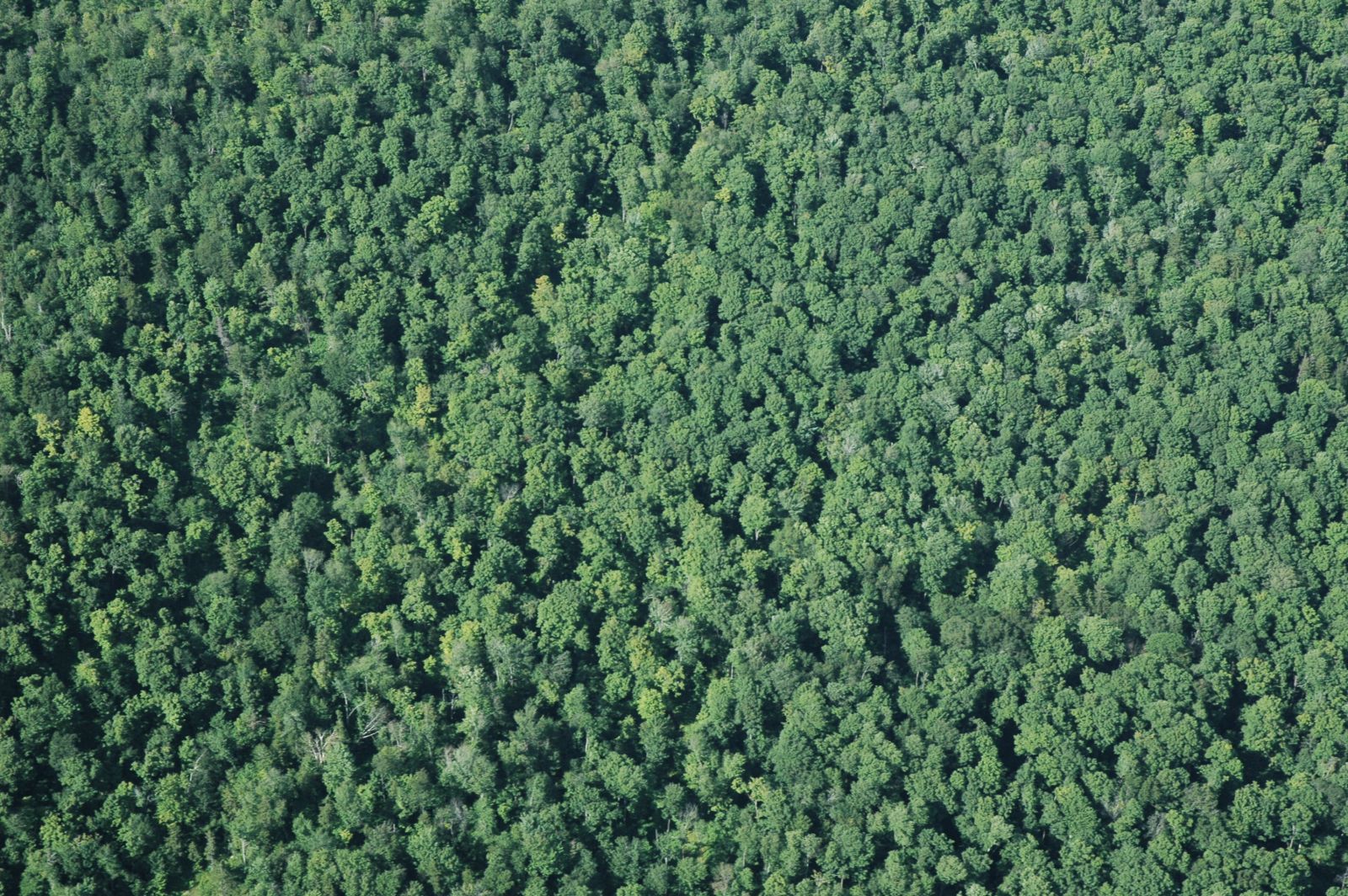


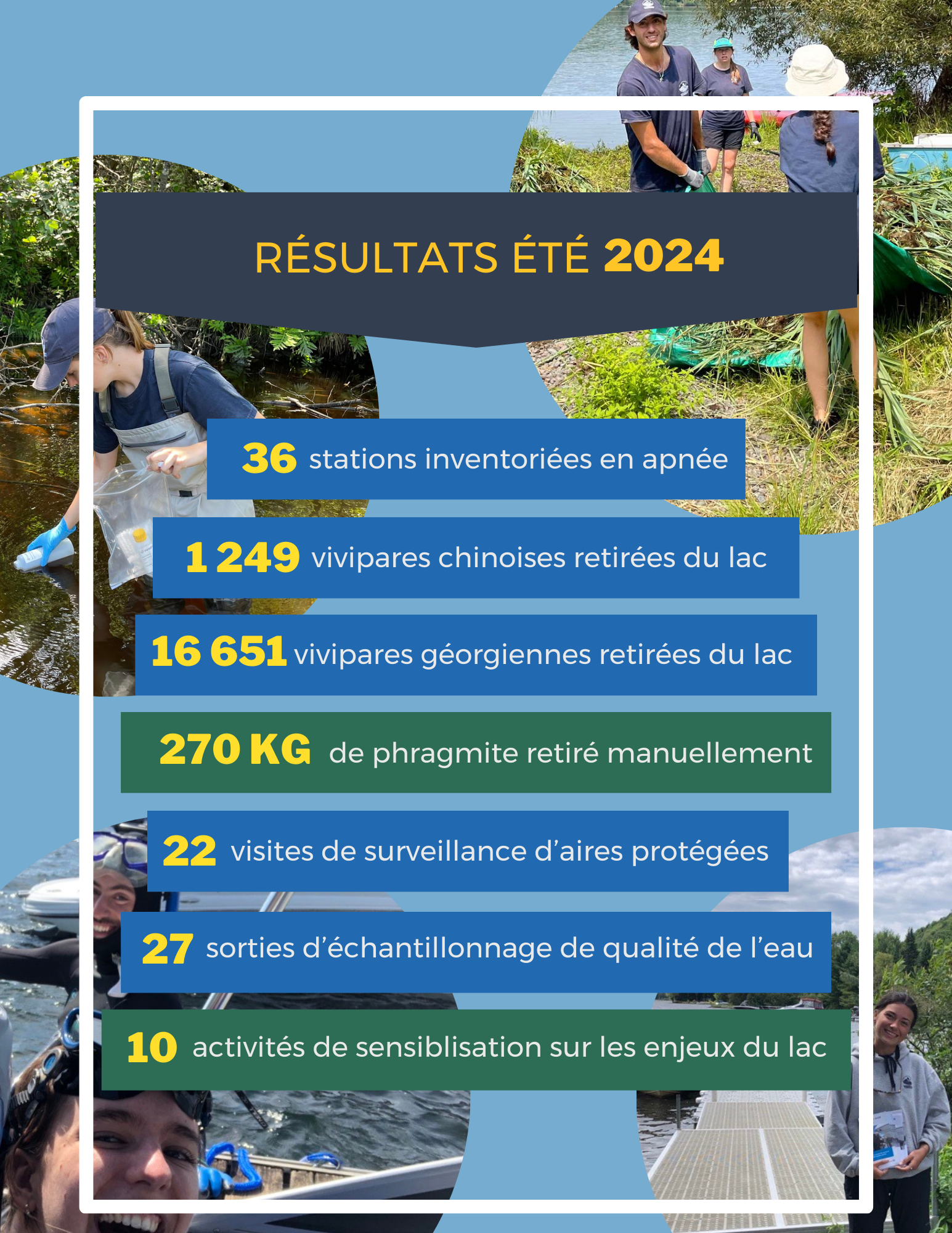
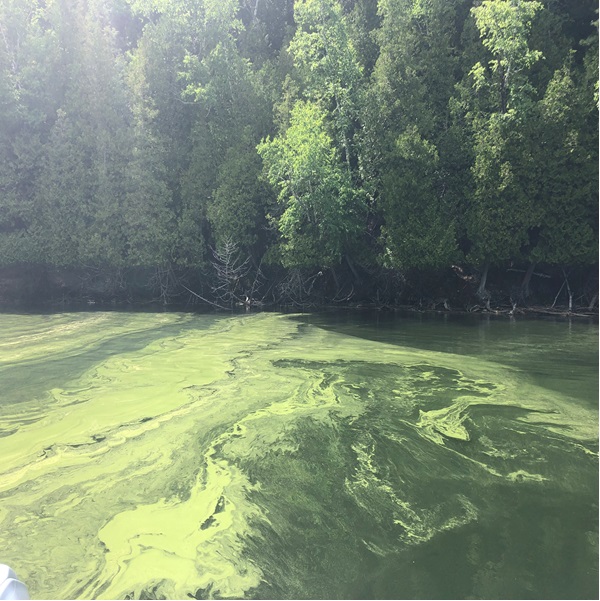
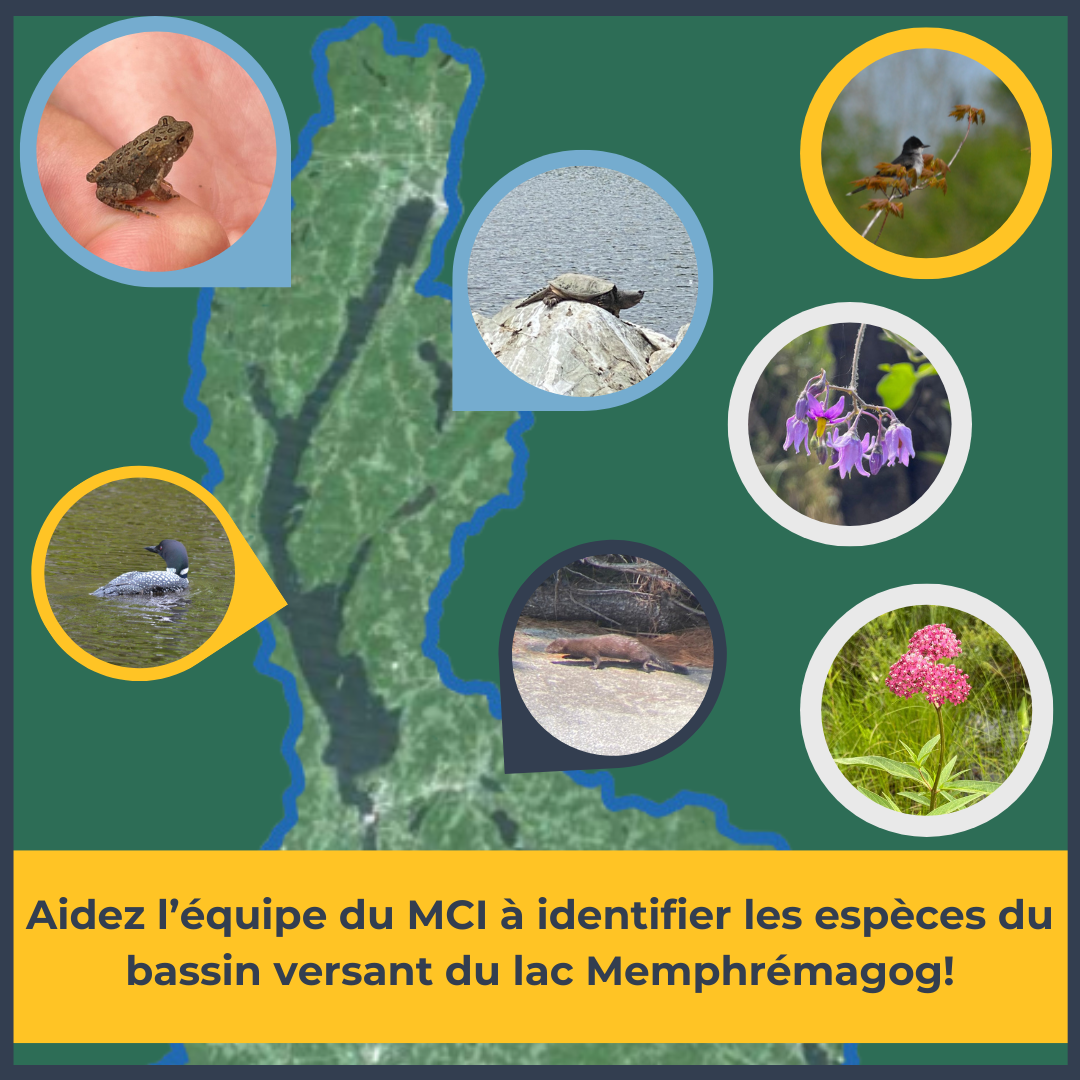
.JPG)

